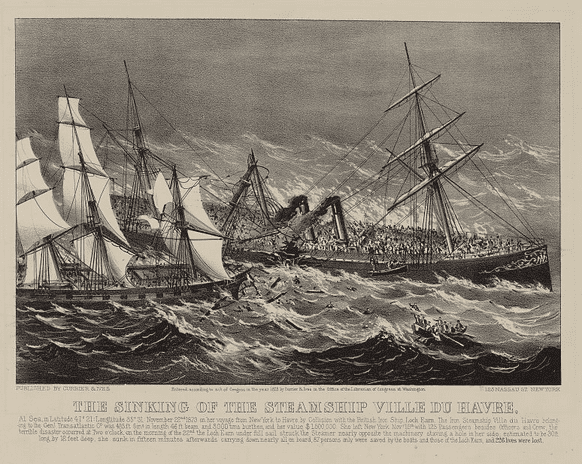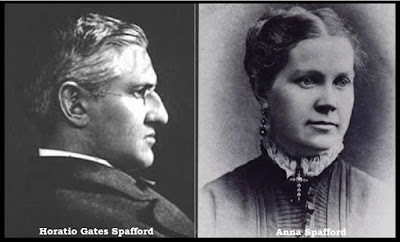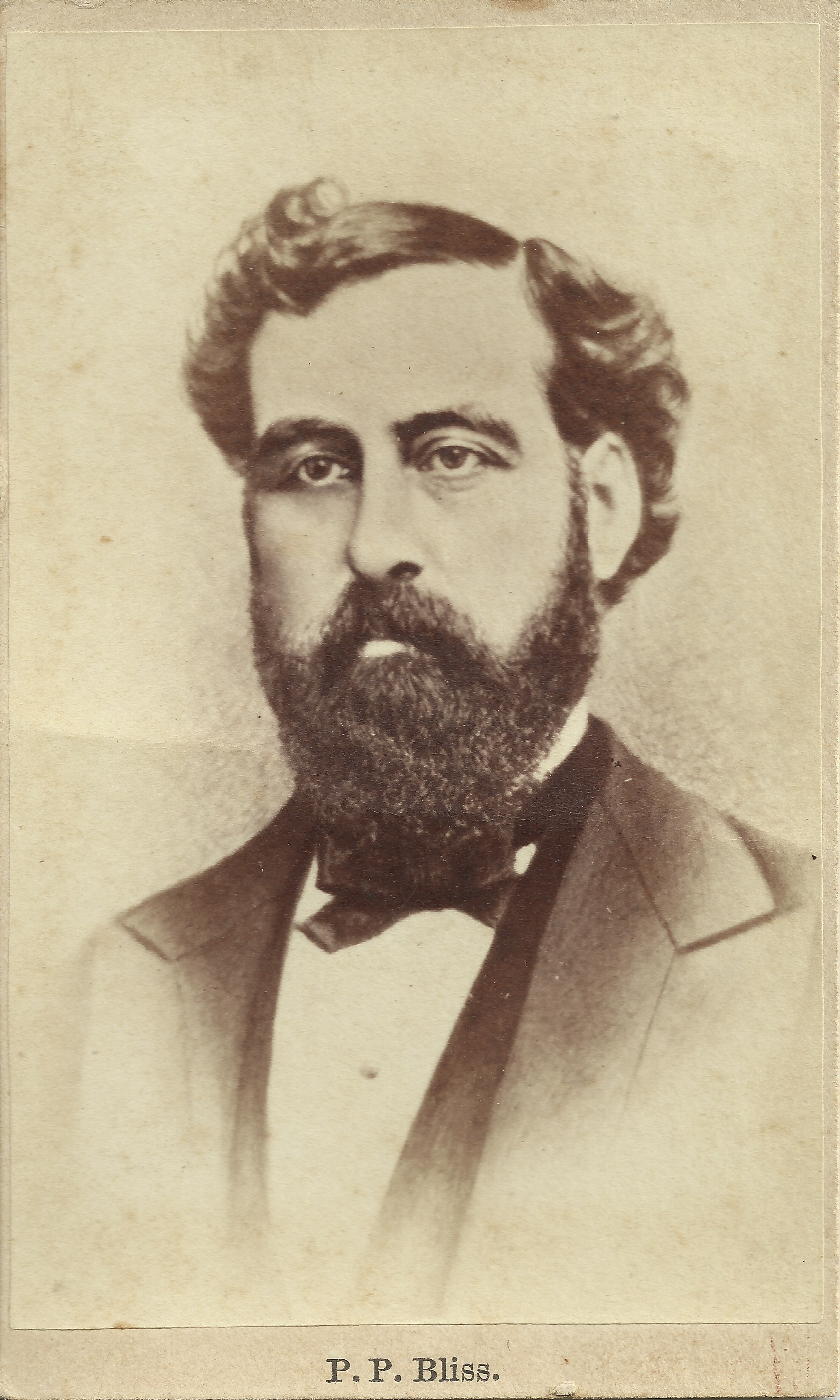"God is our refuge and strength, an ever-present help in trouble.
Therefore we will not fear, though the earth give way and the
mountains fall into the heart of the sea, though its waters roar
and foam and the mountains quake with their surging."
(Psalm 46:1-3)
"I know that my Redeemer lives,
and that in the end He will stand on the earth.
and that in the end He will stand on the earth.
And after my skin has been destroyed, yet in my flesh I will see God;
I myself will see Him with my own eyes- I, and not another.
How my heart yearns within me!
(Job 19:25-27)
At the very start of praying and planning for the Hallelujah: A Collection of Hymns album, I knew I needed to find out which hymns meant the most to my friends, family, and fans. There were hymns I definitely wanted to include on the CD because they had been such a part of my own personal journey, but I also wanted this album to feel personal to all of you...so I did a survey and asked everyone to share what hymns were their top favorites and why. Many of you responded, and my list of hymns became quite long- there was no way I could ever possibly include all the songs on one album! It did give me a better idea of which ones are the most treasured and I just loved hearing everyone's stories of why the particular hymns meant so much to them. It was wonderful when people would share with me a not-so-common hymn, too. It broadened my brainstorming and got the creative juices flowing as I played around with several hymns on the piano, prayed a lot, and pondered. I wasn't too surprised when the overwhelming response for top favorite hymn was "It Is Well With My Soul." Countless people requested that this song be on the album, and it's pretty easy to understand why. This song resonates with the deepest part of our humanity- that even through trial and change and storms and unknown, we can still praise God and cling to His abiding peace and constant presence.
Many of the hymns on the album I rearranged with new refrains and bridges, a couple of them I even wrote new tunes, while still trying to keep the album as true to the historic hymns as possible. For this particular song, I knew it needed to be simple. I wanted to keep this hymn in its classic, pure form which resonates with so many who treasure it. Over the past few years there have been a number of beautiful new renditions of "It Is Well With My Soul" by contemporary worship songwriters. I just wanted to go back to the original version and hopefully somehow do it justice. However, in its simplicity I wrestled with how to make it special, to stand out for all of those who had requested this song.
After all they had been through, Spafford decided to take his family on a trip to Europe in November of 1873, where they would meet up with his close friend and evangelist, Dwight L. Moody, and Ira Sankey, as they had gospel crusades in Great Brittain at that time. The Spaffords planned to join the evangelistic meetings and then enjoy a family vacation. Unfortunately, last minute business detained Horatio in New York, but he sent his wife, Anna, and their four daughters, Annie (age 9), Maggie (age 7), Bessie (age 3), and Tanetta (just 4 months old), onto Paris. As Anna and the girls boarded the French steamer, the SS Ville du Havre, Horatio felt a little uneasy, so he moved them to a room closer to the bow of the ship.


Handwritten manuscript copy of verses of "It is Well With My Soul," written in ink on Brevoort House, Madison Street between Clark and La Salle Streets, Chicago, hotel letterhead. Pencil notes on verso.



Bliss received a telegram over the Christmas holiday in 1876 when he was visiting family in Pennsylvania. He was requested to return home early to sing at Moody's Tabernacle back in Chicago. He and his wife, Lucy, took the Pacific Express train and left their children in Pennsylvania with Philip's mother. The train was running late as they passed through Ohio in a thick snowstorm and suddenly a trestle bridge under it collapsed. All eleven of the train cars fell into a deep ravine, with only the engine making it safely to the other side. Philip amazingly survived, but as a fire began spreading, he crawled back inside a window to rescue his beloved wife. They both died that day. 92 of the 160 passengers lost their lives. Almost everything was ravaged in the fire, but Bliss's trunk arrived in Chicago. The words to the now famous hymn, "I Will Sing of My Redeemer" were discovered inside with his belongings among other poems and hymns he had recently written but not yet published. On January 5th, a memorial song service for Bliss was held with an astounding 8,000 in attendance and an additional 4,000 who stood outside in the cold Chicago winter air. It was only one month prior to his death in the horrific train accident that "It is Well With My Soul" was sung publicly for the first time at a ministers' meeting in Chicago.

A song like "It Is Well With My Soul" reminds us that it is the God of the past, the present, and the future whom we worship. No matter what has happened or what may come our way, our God is Sovereign and Good and True. He is with us and will never leave us nor forsake us. Our souls truly can find no other peace or confidence but in the blood of Jesus Christ and the redemption and glory and grace He gives. Tragic stories like Spafford's and Bliss's are hard to understand. Even now as I write, I struggle trying to swallow the reality of suffering in this life and the great unknown of what may come tomorrow. Yet, we must cling to Jesus. We must praise Him in the midst of the storm. We must hold onto faith even when fear or doubts try to steal our peace. Because when we praise, we overcome. We go from being victims of pain and loss and tragedy to victors of hope eternal- hope which will not disappoint.
"I have told you these things,
so that in Me you may have peace.
In this world you will have trouble.
But take heart! I have overcome the world."
(John 16:33)
"The LORD gives strength to His people;
the LORD blesses His people with peace."
(Psalm 29:11)
Sources:
Peterson, Randy. Be Still My Soul:The Inspiring Stories Behind 175 of the Most-Loved Hymns. Carol Stream: Tyndale House Publishers, Inc., 2014.
Morgan, Robert J. Then Sings My Soul: 150 of the World's Greatest Hymn Stories. Nashville: Thomas Nelson Inc., 2003.
Morgan, Robert J. Then Sings My Soul: 150 of the World's Greatest Hymn Stories. Nashville: Thomas Nelson Inc., 2003.
Cheaney, Fanie B. It is Well...A Great Hymn Came from the pen of a troubled-and troublesome-man. https://world.wng.org/2019/04/it_is_well
Hawn, C. Michael. "History of Hymns: "It Is Well With My Soul." https://www.umcdiscipleship.org/resources/history-of-hymns-it-is-well-with-my-soul
Reese, Ed. "The Life and Ministry of Philip Bliss." https://www.wholesomewords.org/biography/biobliss.html
Library of Congress, Manuscript Division, American Colony in Jerusalem Collection. American Colony, and Horatio Gates Stafford. Draft manuscript copy of hymn "It is Well With My Soul" by Horatio Gates Spafford. to 1878, 1873. Manuscript/Mixed Material. http://hdl.loc.gov/loc.mss/mamcol.016
Library of Congress, Manuscript Division, American Colony in Jerusalem Collection. American Colony, and Horatio Gates Stafford. Draft manuscript copy of hymn "It is Well With My Soul" by Horatio Gates Spafford. to 1878, 1873. Manuscript/Mixed Material. http://hdl.loc.gov/loc.mss/mamcol.016
http://www.spaffordcenter.org/history
https://www.americancolony.com/history
Stewart, Rev. Angus. "Horatio Stafford: Not Well With His Soul." https://www.cprf.co.uk/articles/spafford.html#.XYOxXC3My8U
Miano, Tony. Cross Encounters: It Is Well With My Soul: An Exposition of My Favorite Hymn (Part 1). http://www.crossencounters.us/2013/10/it-is-well-with-my-soul-exposition-of.html
Trantham, Cara Cobble. Hymns: A Study on Classic Hymns, Volume I. The Daily Grace Co.














